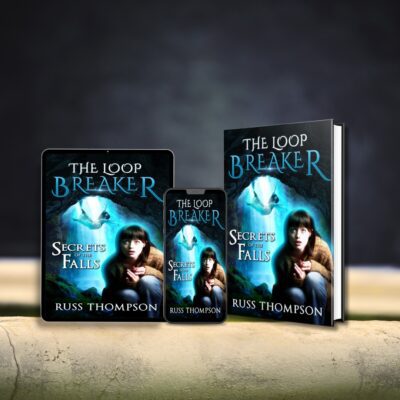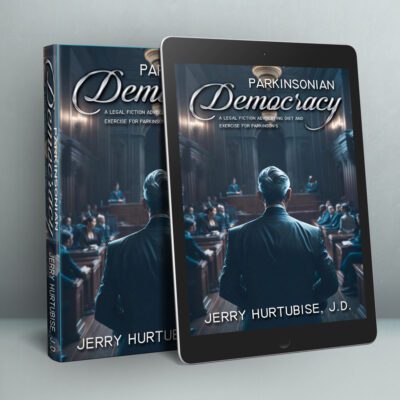Hiring the wrong editor can be one of the most expensive mistakes an author makes. The signs are often there if you know what to look for. These red flags in book editors can save you from wasted money, frustration, and a stalled project.
The good news? If you know the red flags to watch for and the green lights that point to a solid pro, you can sidestep the drama and find the editor who truly gets your work. Because choosing the right editor is the beginning of your best book yet..
Red Flags That Should Make You Pause
1. “I can fix this in a week.”
Unless your book is 10 pages long, a legit edit takes time. Anyone promising a lightning-fast turnaround on a full-length manuscript is either cutting corners or not actually doing the work you’re paying for.
2. They refuse to show you sample edits.
A sample edit (usually a few pages) is standard practice. If someone dodges this or insists it’s unnecessary, that’s a big no-no. It’s the only way to see if their style matches your needs.
3. No contract, no clear terms.
A handshake agreement might work in a Hallmark movie, but in publishing? Yikes. That is instantly a sign of a bad editor. A professional editor will outline what they’ll do, when they’ll do it, and how much it’ll cost in writing.
4. They trash your work instead of improving it.
Honest feedback is essential. Cruelty? Not so much. If an “editor” makes you feel like you should never write again, run. Constructive criticism lifts your book and your confidence.
5. They guarantee publishing deals.
Editors edit. They don’t hand out golden tickets to agents or publishers. If someone claims your book is “sure to get published” once they’re done with it, consider that snake oil.
6. They don’t specialize in your genre.
Every genre has quirks. A romance editor may not be the best fit for your hard sci-fi epic. If their experience doesn’t align with your category, you may end up with advice that just doesn’t fit.
When you notice these red flags in editors, it’s your signal to walk away before your book (and wallet) take the hit.
Green Flags: What a Great Editor Looks Like
- They ask questions before quoting. A pro wants to know your goals, your audience, and your expectations.
- They explain their process clearly. You’ll know what you’re paying for and what to expect.
- They balance honesty with encouragement. You leave their notes motivated, not demolished.
- They provide sample edits. A test run shows exactly how they’ll handle your story.
- They respect your voice. A great editor doesn’t rewrite your book into their style. They refine yours.
- They’re transparent about cost and timelines. No vague “we’ll see.” They’re upfront.
- They want a partnership, not control. They know it’s your book; they’re just helping it shine.
Green flags and red flags in editors are easy to find. For a look at professional standards and best practices, the Editorial Freelancers Association is a fantastic resource.
Why This Matters
Aside from paying your editor to mark up your book, it is important to note that they’re also a collaborator who can shape the future of your story and your confidence as a writer. The right editor makes your book stronger, sharper, and ready for readers. The wrong one? At best, a headache. At worst, a costly disaster.
You’re lucky if you found an editor who agrees with you on everything. However, what’s more important than your chemistry is finding someone who challenges you respectfully, supports your vision, and inspires you to keep writing. If you think you’ve noticed those red flags in editors, we suggest you’d rather sharpen your draft before sending it out. Don’t miss our tips on editing your own work without going cross-eyed.
Because the last thing your story needs is a villain masquerading as an editor.
Related Reading:
Make your manuscript shine before hiring an editor with this practical editing checklist for writers. Clear, actionable, and sanity-saving.







